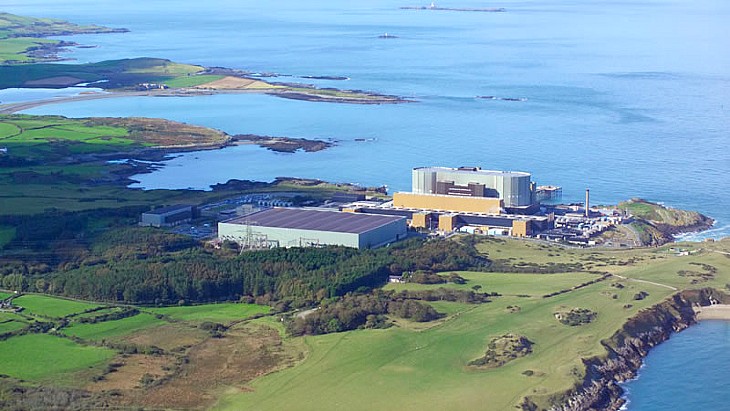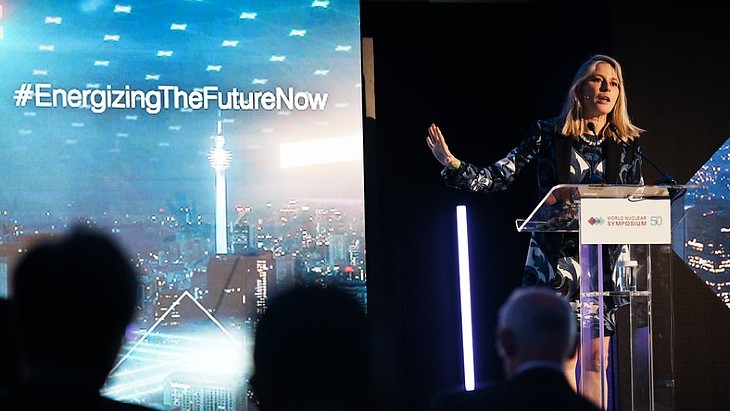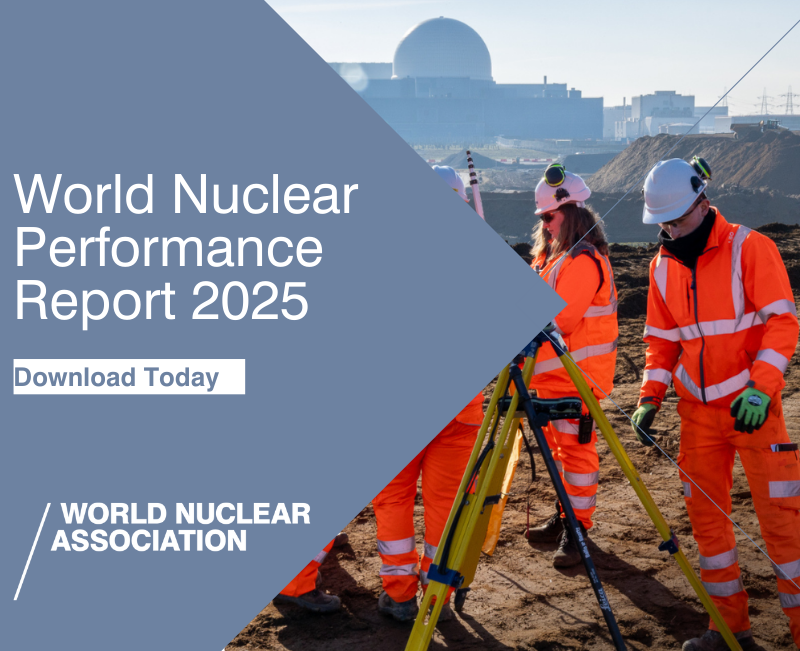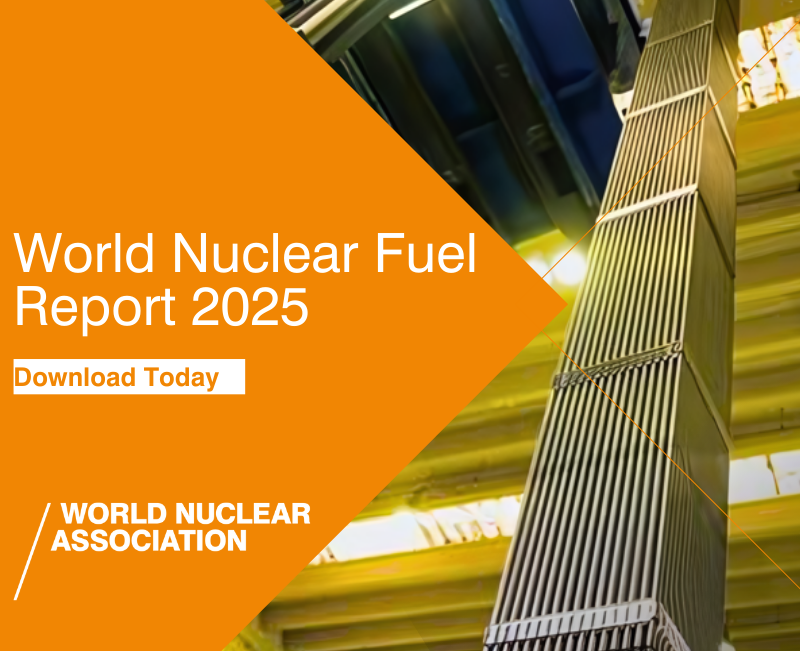The Pallas research reactor is to be built to replace the existing High Flux Reactor (HFR), which began operating in September 1960 and supplies about 60% of Europe's and 30% of the world's medical radioactive sources. Pallas will be of the "tank-in-pool" type, with a thermal power of around 55 MW, and able to deploy its neutron flux more efficiently and effectively than the HFR.
"Every day, many thousands of patients depend on medical isotopes produced in Petten for their diagnosis or treatment," said NRG-Pallas CEO Maurits Wolleswinkel. "By constructing the Pallas reactor to replace the High Flux Reactor, we are ensuring future security of supply. This will make the Netherlands and Europe less dependent on other countries. Developments in the field of therapeutic isotopes are very promising. By developing and producing new isotopes, we aim to contribute to better and more efficient patient care."
Peter Dijk, programme director of the Pallas Programme added: "The Pallas reactor is a major infrastructure project, and that requires careful preparation. We've gone through all the steps with the Ministry of Health, Welfare and Sport to become a state-owned company and secure the financing. Together with our construction partner FCC and design partner ICHOS, we've reached the point where construction of the reactor building can begin. We're proud of what we've achieved together and what we still have to do: actually erecting a reactor in the cofferdam."
Background
The Dutch government allocated funding for the coming years for the construction of the Pallas reactor, even before making a final decision on its construction. Last year the European Commission also approved, under EU state aid rules, the Dutch government's plan to invest EUR2 billion (USD2.2 billion) in the reactor, which received a construction licence in February 2023.
Preparatory work on the foundation began in May 2023 - then ministers instructed NRG-Pallas not to take any irreversible steps, but to continue with the preparations for the project to avoid unnecessary delays pending the construction getting the official go-ahead.
In May this year, NRG-Pallas announced that the building of the construction pit - a hole of about 50 metres by 50 metres and 17.5 metres deep - and the foundation for the Pallas reactor had been completed.
In July, the Netherlands' caretaker Minister of Health, Welfare and Sport Daniëlle Jansen informed the House of Representatives that the project to construct the Pallas research reactor was ready to enter the next phase of construction.
In its update on progress, NRG-Pallas said construction has already begun on the pit for the secondary cooling system building. It added that preparations are also progressing for the installation of the cooling water pipeline, which will extract water from the Noordhollandsch Kanaal and discharge it into the North Sea.

_67794.jpg)




_50545.jpg)
_40405.jpg)

_76087_55556.jpg)




